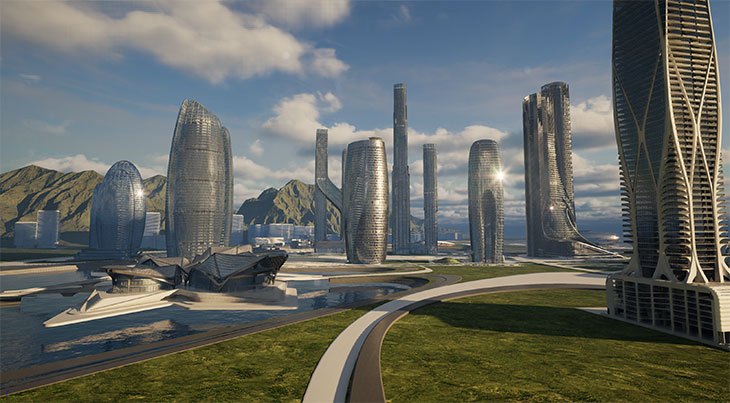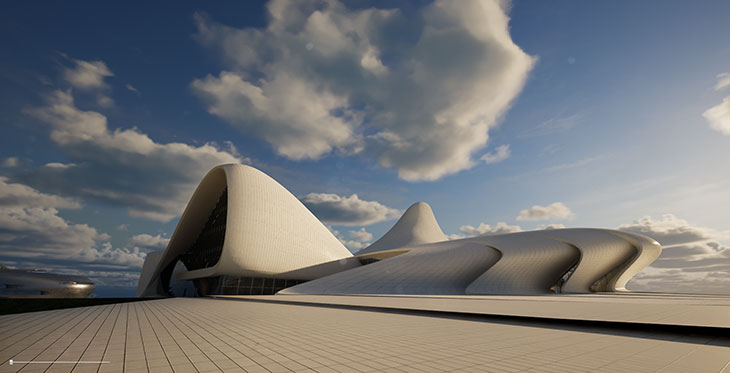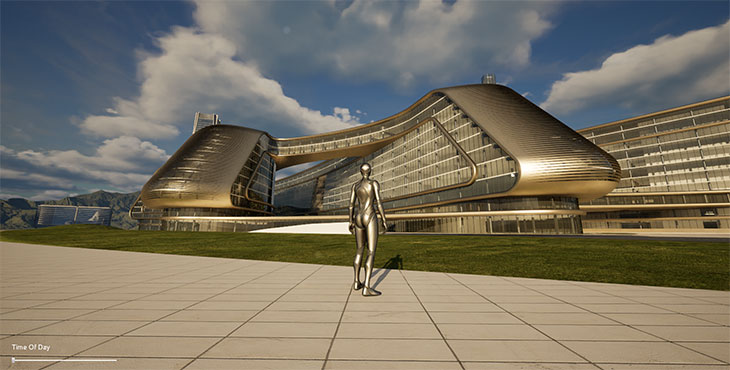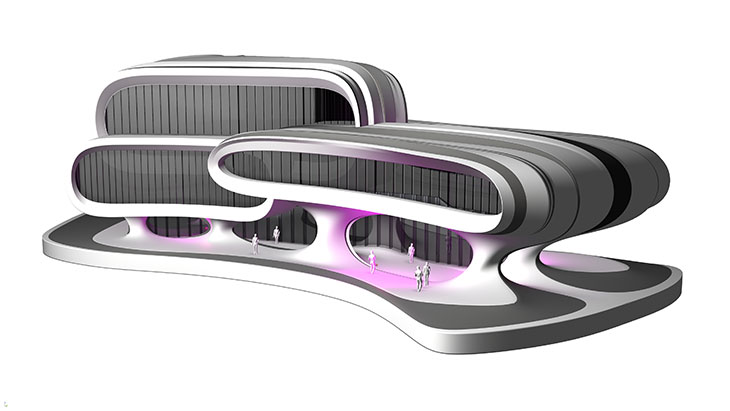
Treasury Spatial Data, a San Francisco-based design technology startup, in partnership with Zaha Hadid Architects (ZHA), has announced the launch of the Treasury digital spatial asset platform. This innovative platform includes a suite of creative and technology tools designed to discover and license premium spatial assets. Treasury aims to foster a creative community and stimulate discussions on the importance of spatial design and the value of 3D assets in the age of the spatial internet. A key feature of the platform is the use of fingerprinting technology to protect digital assets from unauthorized use in spatial computing and the metaverse.

The Treasury platform is set to revolutionize how creators of spatial designs and builders of spatial experiences collaborate across various industries, from art and health to retail. By providing a foundation for a new era in design development, Treasury elevates the process of creating and applying spatial assets. Creators and owners of premium spatial design assets—spanning architecture, film, art, and real estate—can license and monetize their existing work, stimulate new commissions, and protect their creations from unlicensed use by machine learning and generative AI.
Through Treasury, builders of premium spatial experiences in entertainment, marketing, film/TV, gaming, education, and medicine can access unique, trusted assets. These assets are accompanied by licensed AI datasets and tools to develop bespoke spatial content. Zaha Hadid Architects, a founding partner of Treasury, is contributing thousands of original designs for licensing, alongside other premium creators in architecture, art, film, branded spaces, and reality capture.

The initial customers of Treasury include industry giants like Epic Games, as well as innovators in immersive live events, enterprise, industry, medicine, and education. Notable clients include Ethereal Matter, Lextech, Squint Opera, Gambit Labs, and Pulse Jet Studios. These collaborations highlight Treasury’s role as a leading media company and supplier of premium spatial assets, empowering creators with development and IP protection tools and facilitating faster and more effective applications of spatial assets.

“The metaverse is finally becoming a project of real scale and social impact, not just because Apple is committing to spatial computing, but because architecture is waking up to its potential and responsibility to design for digital space as much as for physical space,” said Patrik Schumacher, Principal of ZHA. “The Treasury platform is our way to help put the design industries at the center of this revolution.”

Treasury is currently inviting select creators and onboarding initial assets to the platform. They are deploying the first assets with premium spatial experience builders and receiving commissions for a wide variety of spatial content as spatial technology expands beyond gaming into entertainment, healthcare, industry, and education. With contributions from architects like Ricardo Bofill and Mariana Cabugeira Studios, reality capture specialists IVAR Studios, and artists such as Meike Marple and Francisco García Nava, Treasury is poised to transform the spatial design landscape. As John Manoochehri, founder of Treasury, noted, “Treasury has been created not just to support world-class owners of IP and creators of spatial design, but to drive better and more impactful use of spatial technology across all industries and form factors, not just AR/VR.”




since Zaha passed away the office is just lost, I don’t get the point of this project. Parametricism is in great part their own direction, but at times it makes no sense.